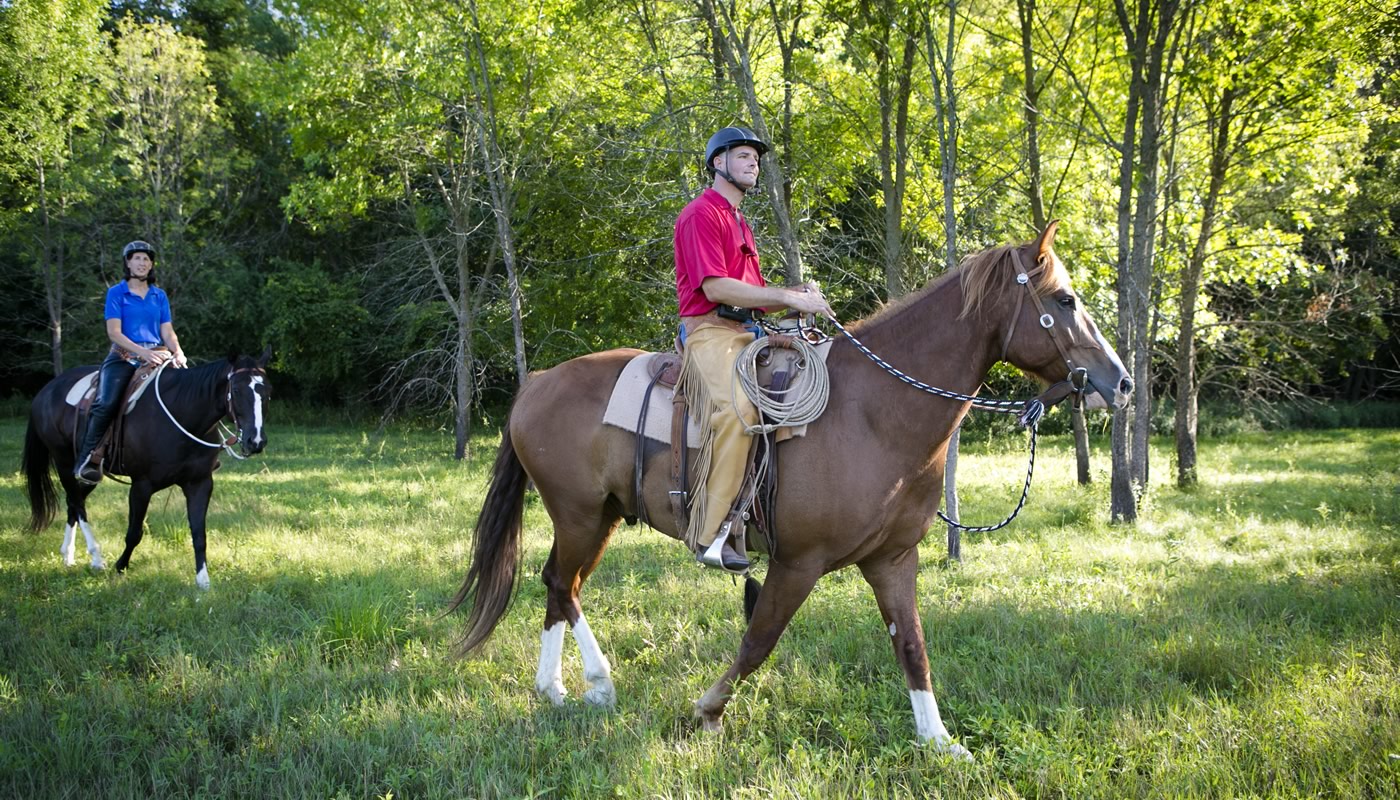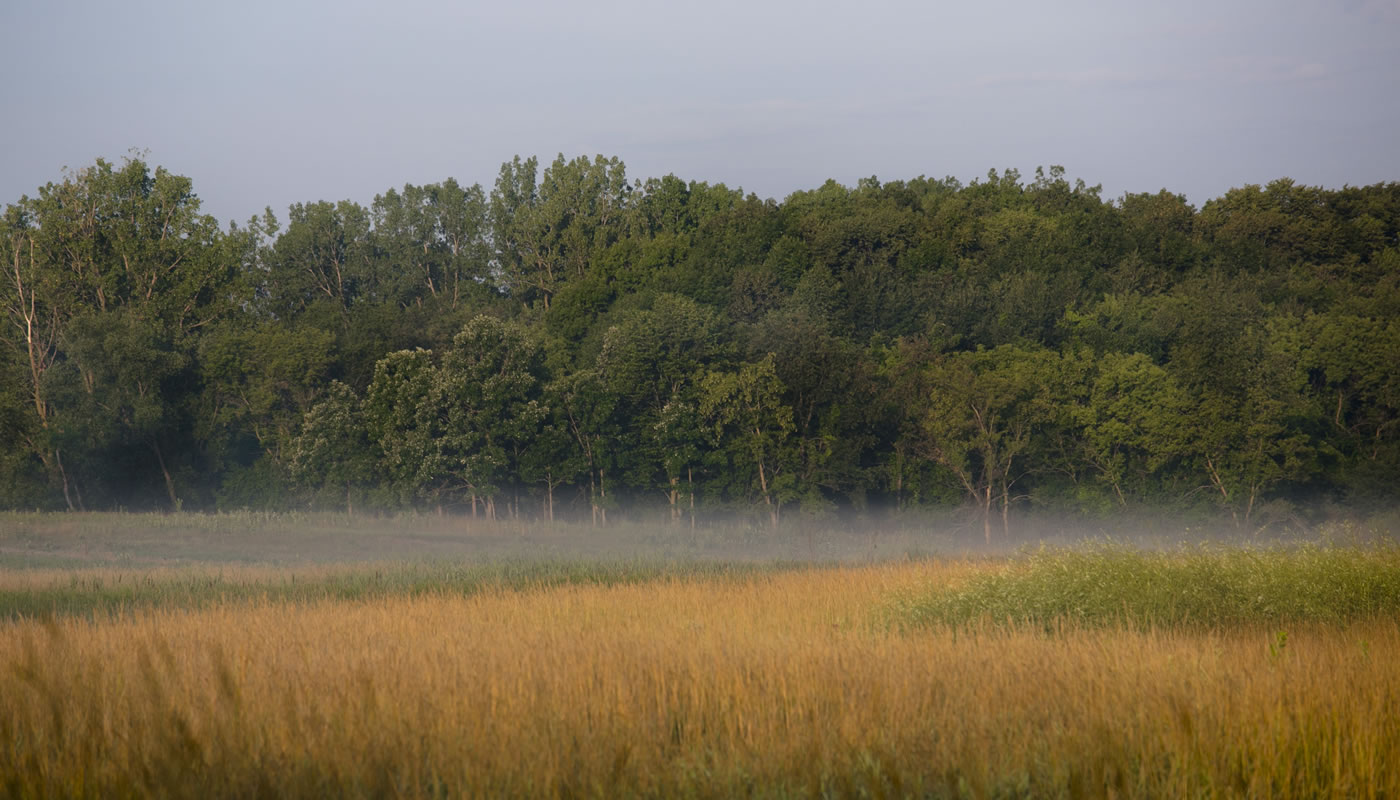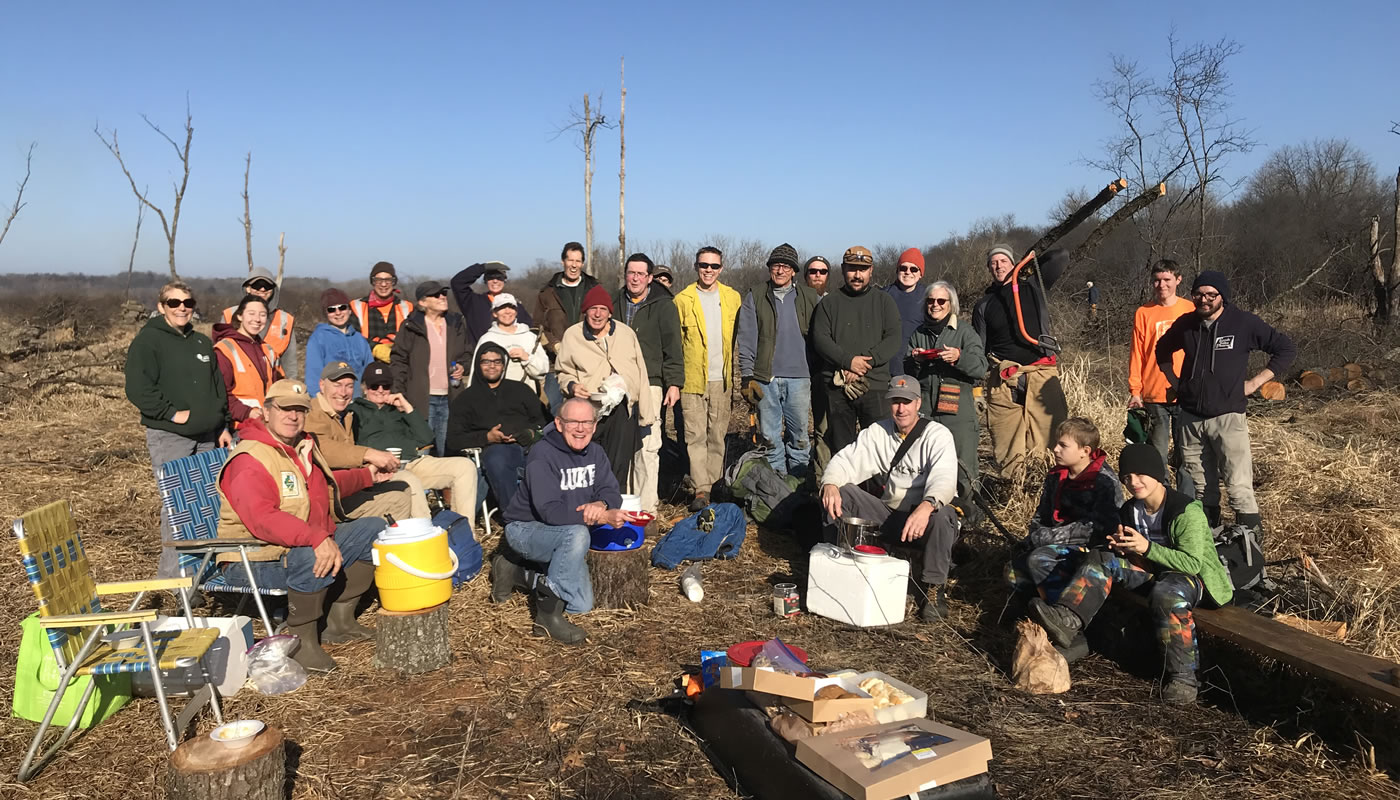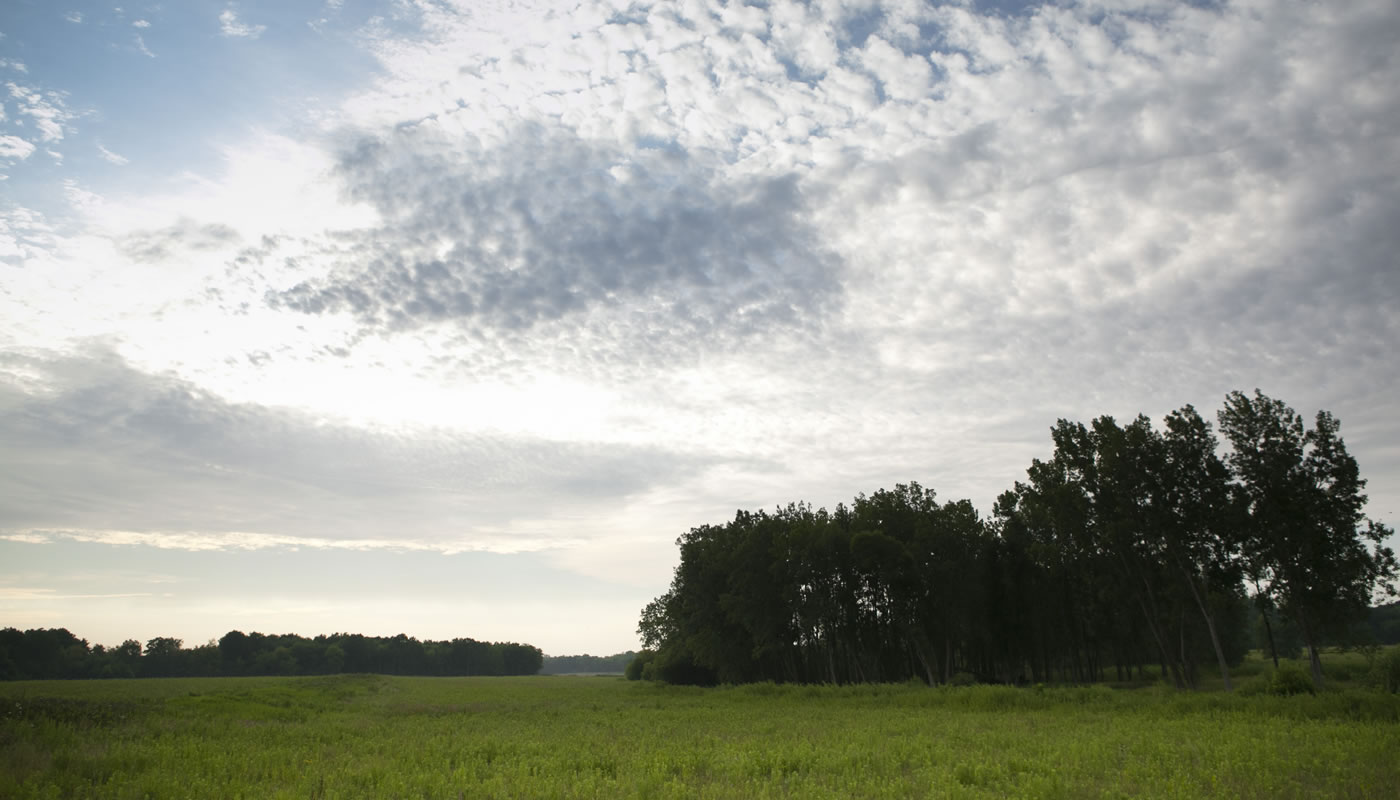Spring Lake (also called Spring Creek) offers the opportunity to do some real trekking over hills and valleys. With 4,000 acres to explore on more than 45 miles of winding unpaved trails, almost anywhere within Spring Lake feels like a secret spot.
On this page:
- Locations & Things to Do
- Trails
- Fishing at Beverly Lake & Penny Road Pond
- Nature Notes
- Volunteer Opportunities
Locations & Things to Do
Spring Lake includes multiple locations:
Beverly Lake
Entrance
Things to Do & Amenities
Hours
Year-round: Sunrise to SunsetClosures & Alerts
Penny Road Pond
Entrance
Things to Do & Amenities
- Parking
- Portable Bathroom
- Fishing
- Volunteer Opportunities
Hours
Year-round: Sunrise to SunsetClosures & Alerts
Spring Lake Equestrian Parking
Entrance
Things to Do & Amenities
- Parking
- Portable Bathroom
- Trail Access
- Hiking & Walking
- Bicycling
- Dogs
(on-leash only) - Cross-Country Skiing
- Equestrian Parking
- Portable bathroom open May 1 to October 31 depending on weather conditions.
Hours
Year-round: Sunrise to SunsetClosures & Alerts
Spring Lake Nature Preserve
Location
Things to Do & Amenities
Hours
Year-round: Sunrise to SunsetClosures & Alerts

Spring Lake Trails
Surface
UnpavedEstimated Total Length
45.8 milesHours
Year-round: Sunrise to SunsetClosures & Alerts
Fishing
Beverly Lake
Beverly Lake is a 16-acre body of water with a maximum depth of 7.2 feet.
Penny Road Pond
This small, seven-acre pond has a maximum depth of 4.6 feet and is connected to Spring Creek.

Nature Notes
Because of its large size and variety of landforms (everything from wetlands to woodlands), Spring Lake (also called Spring Creek) sustains large and diverse animal populations. Bring binoculars to see sandhill cranes, belted kingfishers, blue-winged warblers and orchard orioles. Observant hikers may also see butterflies (including the Baltimore checkerspot), dragonflies, frogs, tiger salamanders, red fox, coyotes, beaver, muskrat, hawks, owls and white-tailed deer.
Spring Lake is recognized as an Important Bird Area by Audubon, its open expanses providing vital breeding habitat to grassland birds, including meadowlarks, Henslow’s sparrows and bobolinks. Bobolinks that nest here in June have migrated from the grasslands of Argentina. A hilltop north of Penny Road Pond offers vistas of one restoration area that attracts these species each year. Spring Lake is just one in a global network of Important Bird Areas.
Nearby marshes and fens flower with wild iris and Joe Pye weed. A restored savanna near Beverly Lake paints a picture of how the rolling countryside would have looked before settlers.
At the far northwest end of the county, the Illinois Nature Preserves Commission has dedicated Spring Lake Nature Preserve as a preserve worthy of special protection. This is a place of glacial pools, remnant prairie, sedge meadow and fen. Here a gravel-bottomed creek meanders through a glacial valley featuring two glacial lakes.
Buffered from intense urban development, the waters and landscape can ‘breathe’ naturally, relatively free of ditching and pollution. A rich diversity of butterflies, dragonflies, frogs, birds, otter, beaver, rare shrews, owls, cranes, fish, mussels, insects and other living things call Spring Lake Nature Preserve home.

Volunteer Opportunities
Volunteers work almost every weekend at any one of the many different sites at Spring Lake (also called Spring Creek). Depending on the season volunteers may be cutting and burning brush, controlling weeds by pulling, scything and herbiciding, or collecting and sowing seed.

